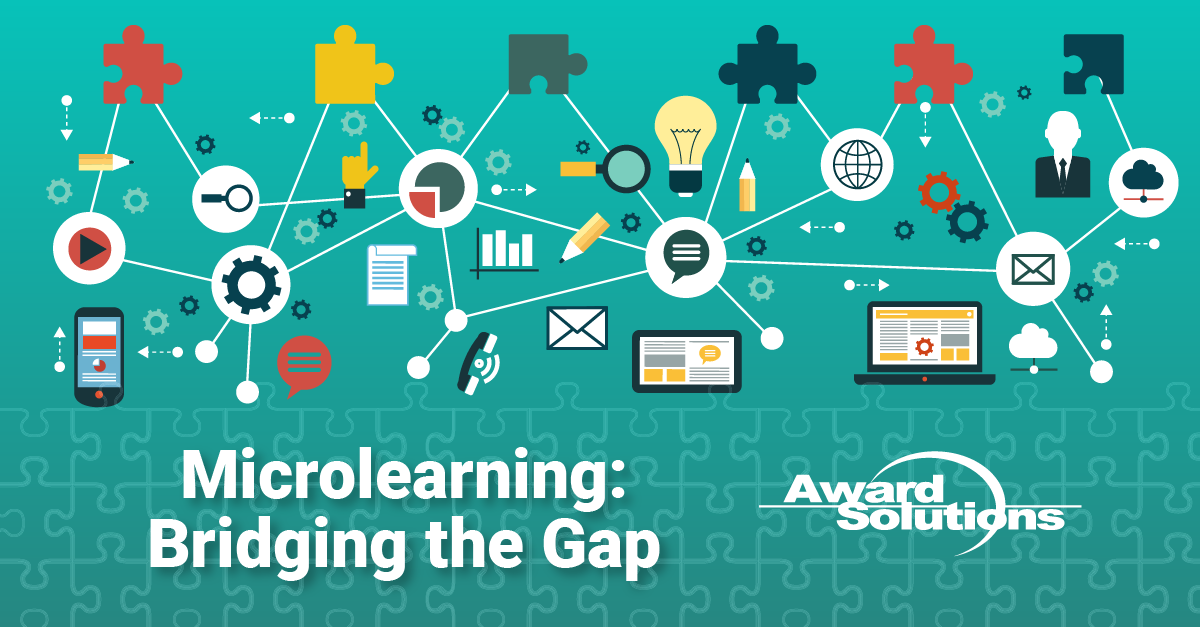
When Marshal McLuhan said that "the medium is the message," he wasn't exactly talking about a four-hour webinar. However, his exploration of how communication technologies influence human perception remains relevant today, especially considering that the medium used to convey information significantly impacts how we learn.
The medium used to deliver information is just as crucial as the message itself, influencing how learners perceive and understand the content. Let's consider this concept as we explore how different delivery methods affect the learning experience and shape learners' interactions with the material.
Extended Formats
In-Depth Learning Experiences
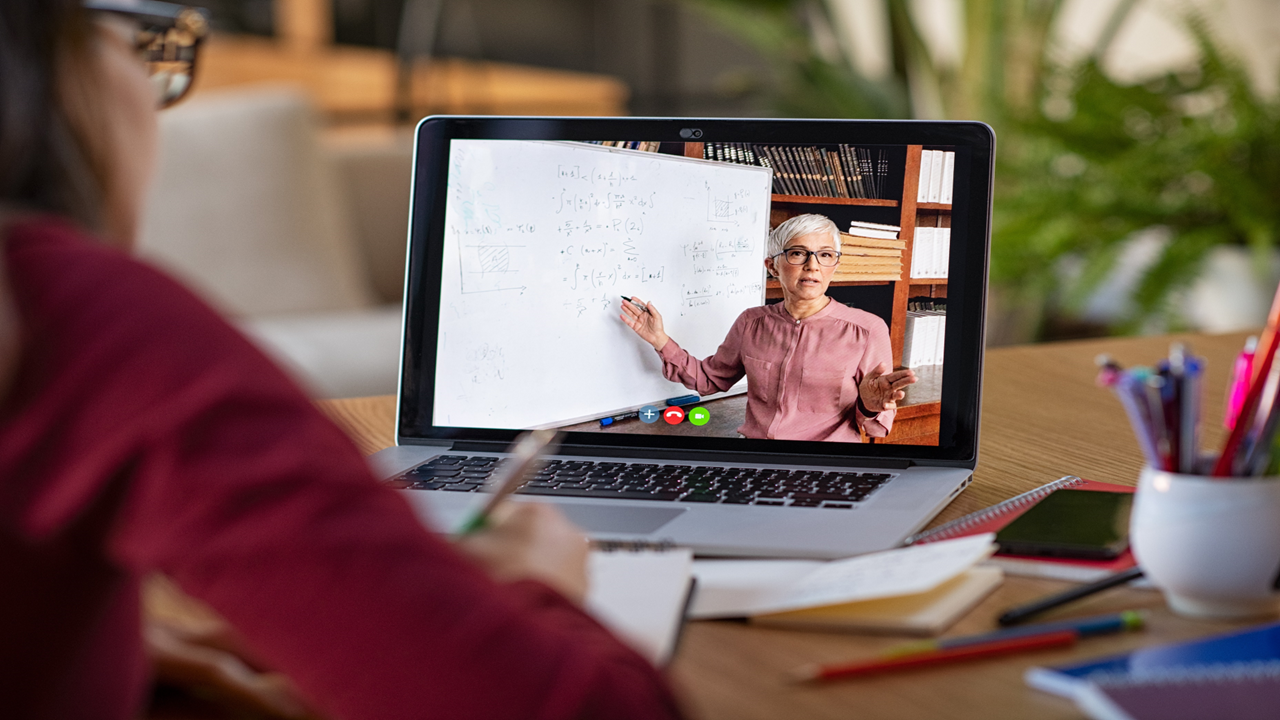
Instructors often rely on long videos or webinars to cover complex topics or provide comprehensive training. The purpose of this blog is not to criticize videos or lectures, as this format has several advantages. Some subjects require a longer format to provide context and a deeper understanding. Instructors can present information seamlessly, making it easier to follow a sequence of ideas. Also, a dynamic presentation can enhance understanding and generate enthusiasm for a topic.
While an extended format allows for in-depth exploration of complex topics, it has drawbacks. In this article, we will delve into some of the limitations of this format and explore how microlearning can complement this type of training by overcoming those challenges.
Disadvantages of the Extended Format
Long videos and webinars can strain attention spans, making it hard to focus on key information. Reviewing the material becomes challenging, as learners must search through extensive content to find specific concepts. And the passive content consumption in long videos may not suit all learners, as it fails to accommodate diverse learning styles.
Navigating vast amounts of data or complex concepts can be challenging, especially when the material is new. Trying to stay focused during a long video or reading long passages can seem like drinking from a firehose. One way that Award Solutions addresses this issue is through microlearning.
What is Microlearning?
Microlearning involves short, focused, interactive learning modules designed to address specific objectives. Short modules provide concise, targeted information. These short, easily accessible modules empower learners to process information at their preferred pace while reinforcing knowledge effectively. Let's examine how microlearning can complement and enhance other learning mediums.
Focused Content
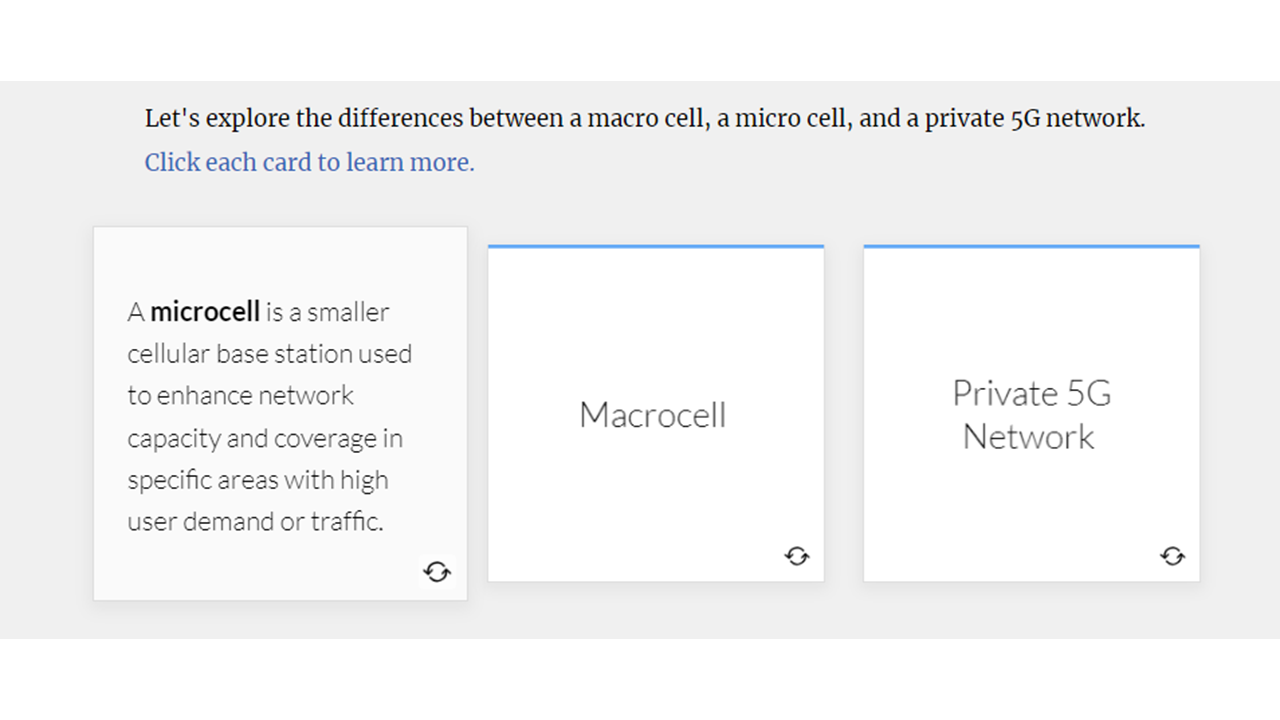
Microlearning allows one to extract key messages from abundant data and use interactive elements to strengthen specific points and emphasize important features. When faced with vast amounts of data or complex concepts, learners might struggle to identify the most critical points. Microlearning addresses this challenge by delivering content in small chunks, making it easier to highlight key messages. The concise format automatically filters out unnecessary details, letting learners concentrate on essential information. By isolating concepts, learners can focus on understanding one idea at a time, reducing cognitive overload.
Engaging and Interactive Elements
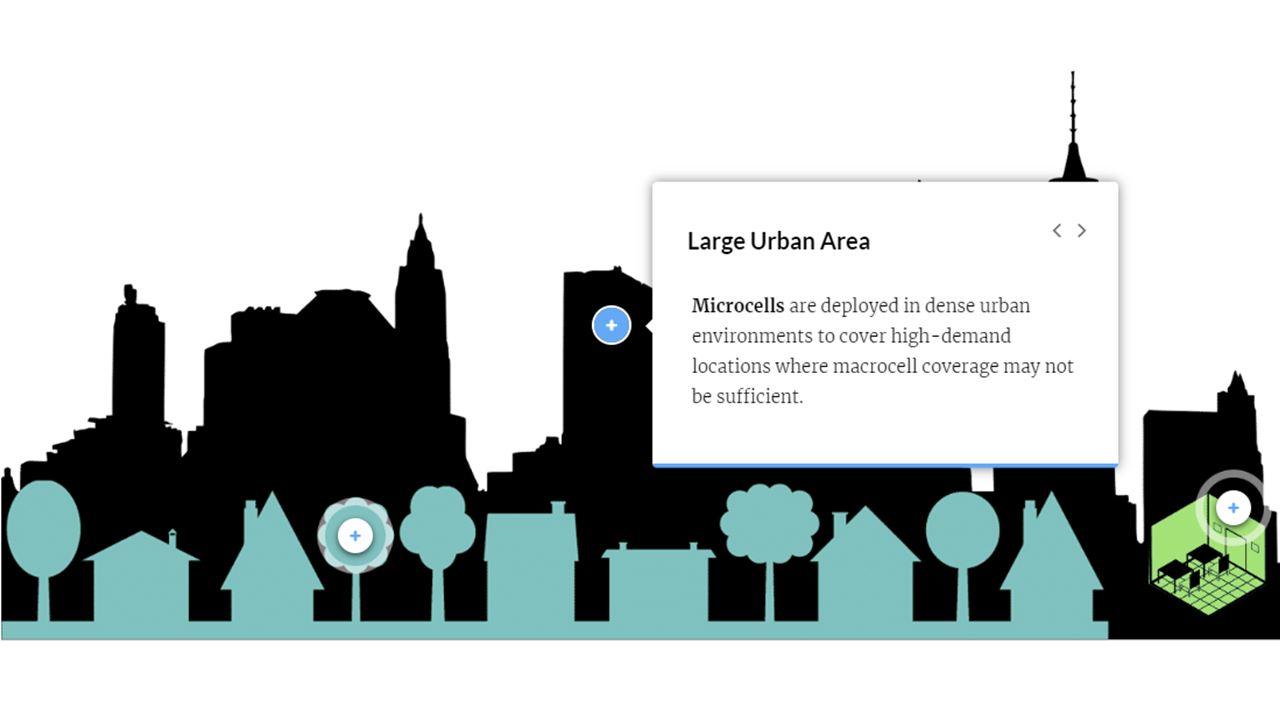
Microlearning breaks away from passive content consumption and transforms the learning experience into an active and participatory process. By leveraging applications like Rise360 and Lumi, educators can create interactive exercises to facilitate deeper understanding and retention of information. Drag-and-drop activities let learners organize information or match concepts. Infographics can be interactive, allowing learners to explore data or information by clicking on different elements. This hands-on approach improves understanding and knowledge retention and serves diverse learning styles. Blending a microlearning approach with longer formats accommodates learners who prefer different modes of information consumption, providing a more engaging learning experience overall.
Quick Refreshers
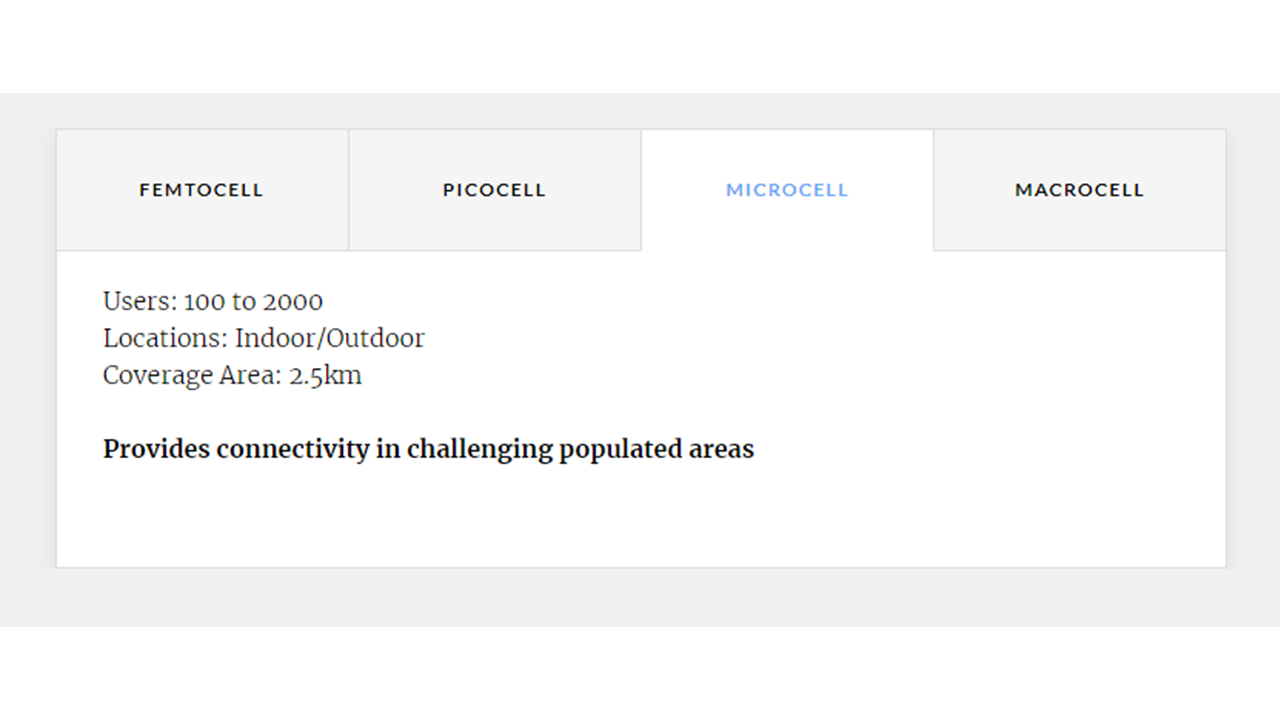
Microlearning complements lectures or videos by quickly refreshing learners' memory with crucial information. By presenting essential content focused and succinctly, learners can rapidly recall important facts, concepts, or procedures. The concise microlearning format makes it easy for learners to revisit specific concepts and refresh their understanding. A learner can also easily access microlearning refreshers when needed, making it time-efficient to review specific topics or information without revisiting lengthy courses or materials.
Identify Knowledge Gaps
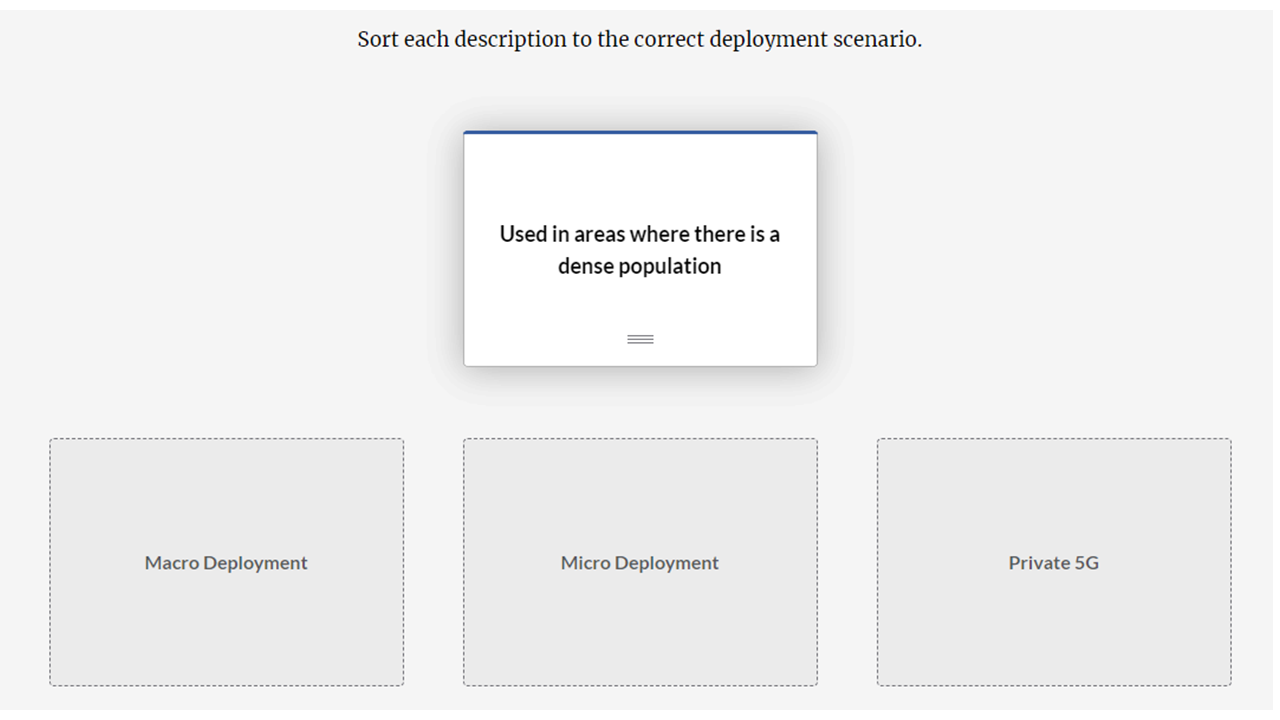
Microlearning empowers learners to take an active role in identifying their knowledge gaps. Incorrect answers to assessment questions prompt learners to recognize areas where they may have knowledge gaps. Responses to interactive elements can reveal areas where reinforcement is necessary, allowing learners to fill that gap in real-time. Through self-assessment, learners become more aware of their understanding and can recognize areas where they need more practice or study.
Microlearning delivers content in short, frequent bursts, and this repeated exposure to information aids in knowledge retention and helps learners recognize their familiarity with specific concepts. Learners can quickly verify their knowledge and feel more confident in their abilities.
Close the Knowing-Doing Gap
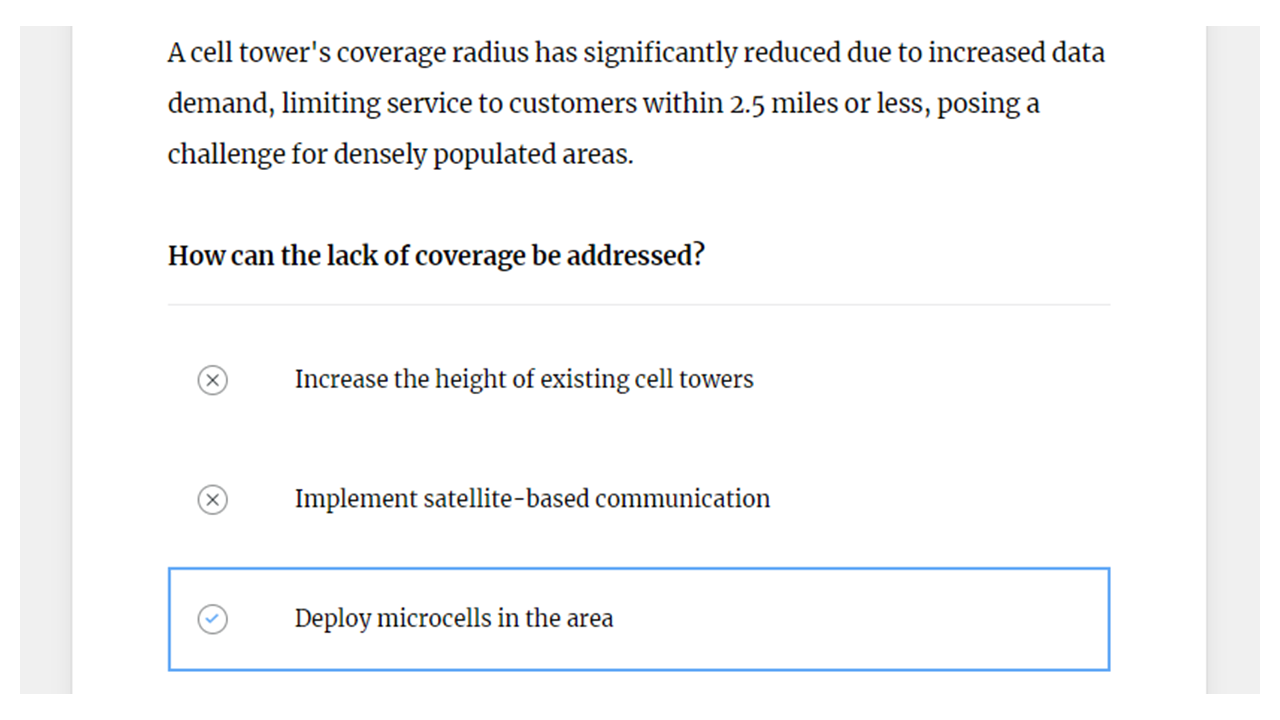
Sometimes learners experience a gap between knowing and doing. They understand the theory but aren't sure how to apply it. Bridging the gap between abstract ideas and practical implications makes learning more meaningful. Microlearning can enhance content by providing real-world scenarios and the opportunity to apply concepts from a longer format directly. Modules can include simulations or real-life scenarios encouraging learners to apply their knowledge in practical situations. By applying knowledge in a real-world scenario, learners can connect theoretical concepts to practical situations they may encounter.
Summary
While the delivery method of long videos or webinars may be necessary for many learning scenarios, they come with inherent challenges. Microlearning can be an effective supplement to this material. There are several ways the medium of microlearning shapes how learners engage with the content and influences learning outcomes. It can break down complex topics and enhance engagement by appealing to different learning styles. By combining both approaches, instructors can deliver comprehensive and impactful learning experiences.
Resources
Want to develop microlearning activities for free? Try Lumi.
Rise360 has built-in microlearning modules and stackable blocks. Articulate products are available for a 30-day free trial.
About Lisa Stringer
Lisa Stringer is a digital learning designer at Award Solutions, where she creates stories to help people learn more about technology topics like Python, cyber security, and 5G.
About Award Solutions, Inc.
Award Solutions is the trusted training partner to the world's best networks. We help companies tackle new technologies by equipping their teams with knowledge and skills. Award Solutions invests heavily in technology, research, engineering, and labs to ensure our customers make the most of their resource and network investments.
Award’s expertise extends across many technologies including 5G/LTE Access 5G/4G Core, VoNR/VoLTE, Transport Networks, Telco Cloud, Virtualization and Orchestration, Data Automation, and more.
